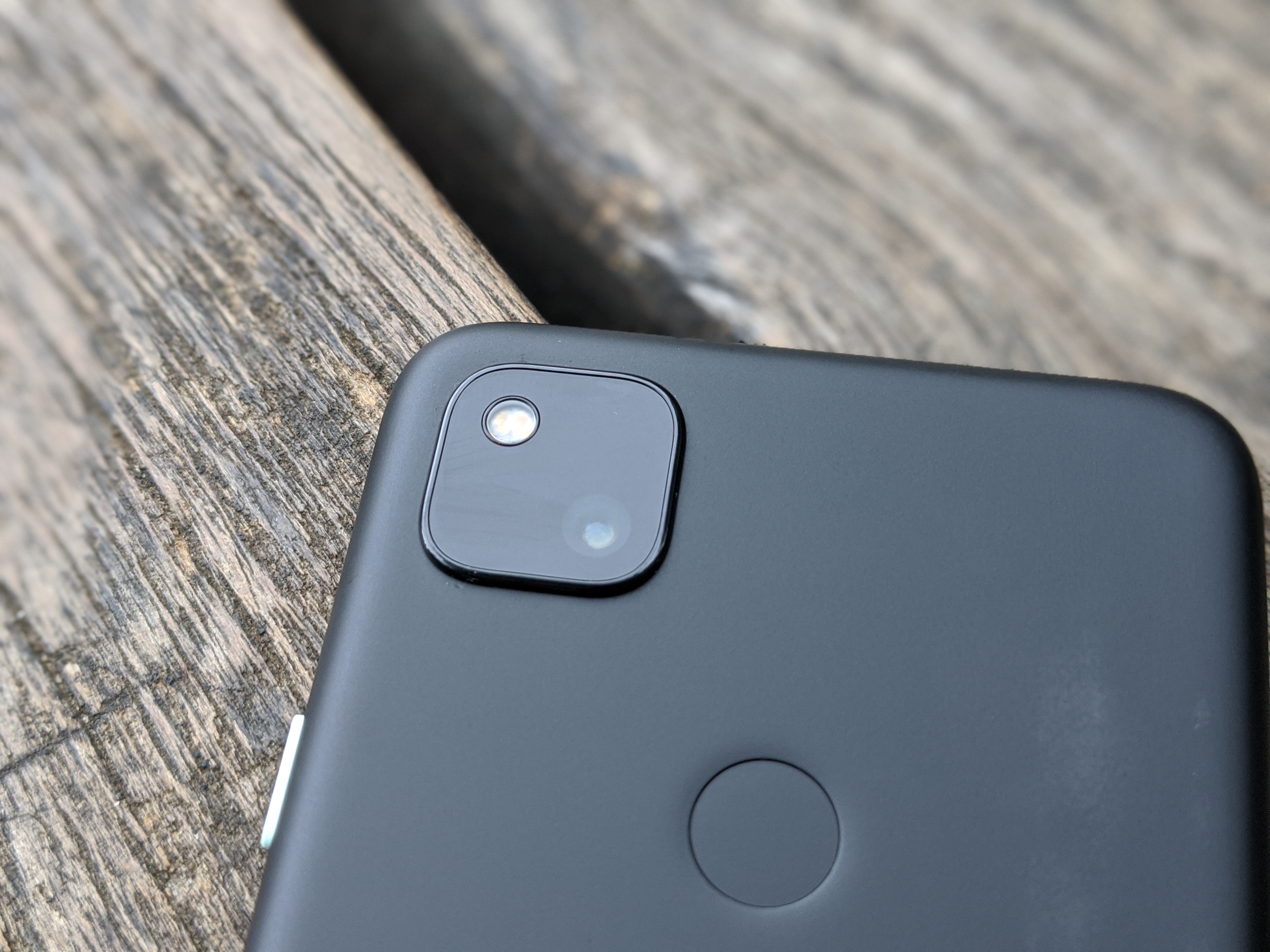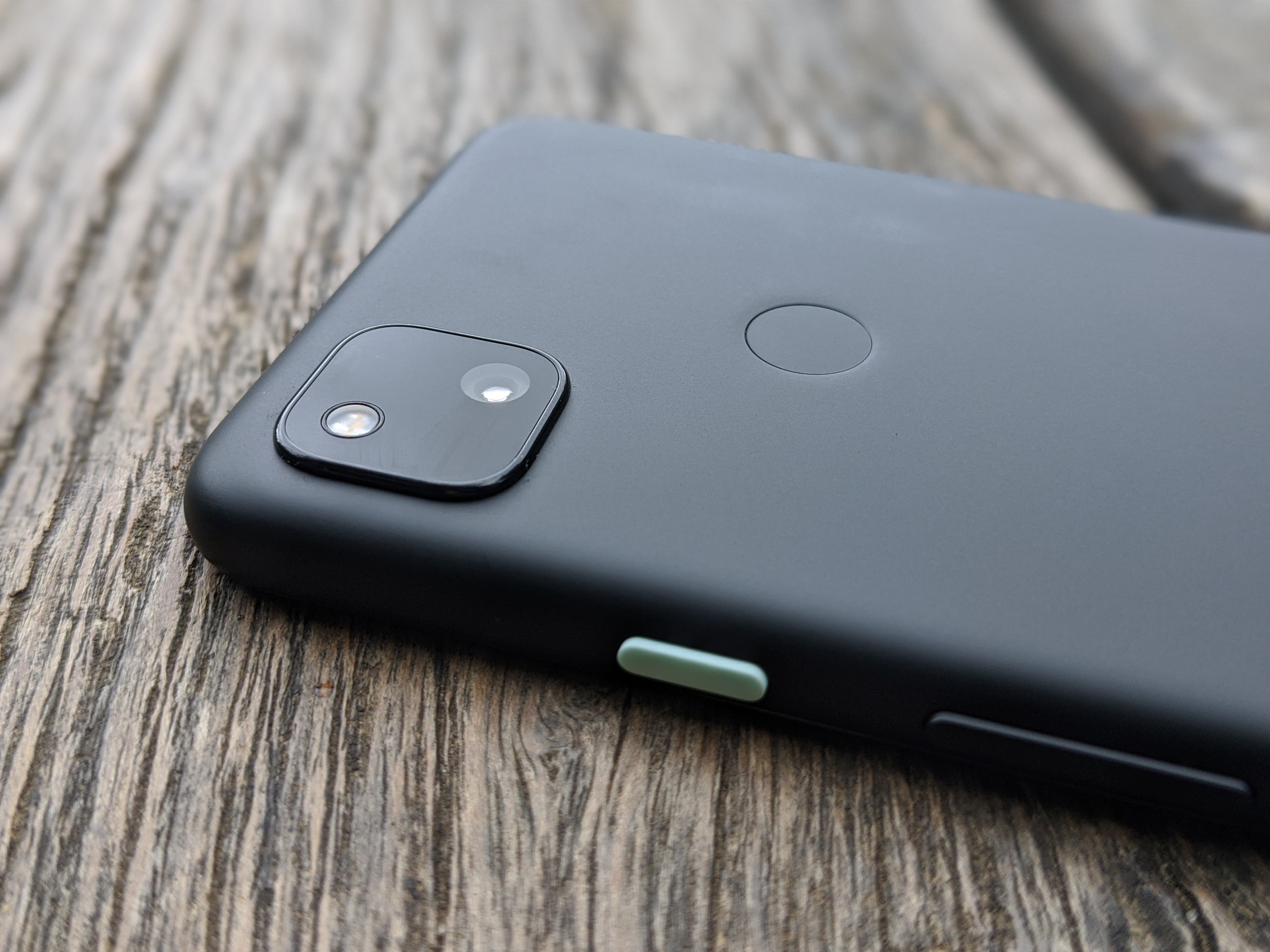The Pixel line has always felt like more of an underdog product than one should reasonably expect from a corporation as massive as Google. After years of partnerships and Nexus devices, when Google finally did enter the smartphone market in earnest, it found itself attempting to chip away at an already mature category — an even more difficult feat when most of that competition is already running your operating system.
In an important sense, the Pixel line’s differentiator may actually be its lack of flash — something that draws a sharp contrast from industry leaders like Samsung, Apple and Huawei. If phones were cars, it would be a reasonable sedan — competent, well-priced and no one is making comments when you drive it up to the PTA meeting. Through much of this, however, Google seems to have struggled to find an identity.
Sales have been mediocre. It’s the sort of thing that has less than zero effect on Google’s bottom line at the end of the day, but the company clearly has grander ambitions. The division recently underwent a seismic shift in management with the exit of division head Mario Queiroz and camera wizard Marc Levoy. It was, seemingly, a sign that Google is set to blaze a new path for its mobile line, which could ultimately make the Pixel 4 and 4a the last of their kind.
I do think there’s value in reconsidering its approach to the flagship. But the budget “a” really was Google getting things right at the right time. And the sales reflected that with the Pixel 3a, following a disappointing performance by the 3. The 3a nailed the smartphone zeitgeist in a way that previous Pixels had failed, delivering solid and affordable options as the smartphone-buying public had grown weary of paying $1,000+ for a new flagship.

It was even less flashy than other Pixels, and lacking in horsepower under the hood, but it was custom-built to deliver one of the best and purest Android experiences on the market. Last year’s Pixel 4 got off to a rocky start. The device was solid, but had one extremely important flaw: abysmal battery life. Sales suffered, though Google was reportedly able to make up for a rough start out of the gate due to pretty solid discounts over the handset’s life.
That all brings us to the Pixel 4a, which, most importantly, addresses the 4’s most glaring problem. Battery life is one of those things that rarely gets mentioned in the first sentence or two about a new smartphone. It’s not cool or interesting or new or sexy. But after the honeymoon of the first few weeks or so with a new handset, it can rocket to the top of the most important things about a phone. It’s the sort of thing you tend to only notice when it’s back. And with the Pixel 4, people definitely noticed.
The 4a, mind you, is not a battery powerhouse, but it’s decent. And that, in and of itself, is enough to recommend it over the Pixel 4. At 3140 mAh, the 4a’s battery is nothing to write home about, but it’s a nice improvement over the 4’s 2800 mAh and a slight bump over the 3a’s 3080 mAh. Using the 4a as my regular phone, I was able to get more than a day out of the handset, with the battery finally giving up the ghost around 27 hours after I unplugged it from the charger. That number is going to shrink if you enable the always-on display.
Inside, the handset sports last year’s Snapdragon 730G (an overlooked version of the 730). There was likely little consideration of the new 765, for reasons having to do with price. For most tasks the processor choice won’t make a huge difference day to day, but it’s certainly noticeable on some key things like shooting photos, which take a few extra moments to process.
[gallery ids="2025622,2025627,2025619,2025620,2025621,2025623,2025625,2025626,2025628,2025629,2025630,2025631,2025632,2025633,2025634"]
The camera has, of course, long been the centerpiece of the Pixel line. That fact certainly extends to its budget offshoots. The 4a maintains the 3a’s single 12.2-megapixel rear-facing camera, albeit configured into a square camera module à la the 4. Middling camera hardware has always been a strange source of pride for Google.

The company has long insisted that it’s able to provide some of the best mobile imaging by letting on-board computation and software do most of the heavy lifting. And honestly, the results speak for themselves. The Pixel 3a takes some truly excellent photos for a handset at this price point, including low light and zoom.

Hardware does, indeed, still matter. And it’s going to for the foreseeable future. Google, for example, is able to do some really impressive things with the Super Res Zoom feature introduced on the Pixel 3. But without an optical zoom lens, the AI only goes so far when it comes to losing detail.

Same goes for Portrait Mode. Google’s is one of the best in the business. But while it’s most good enough to offer the illusion of bokeh blur, there are still computation limitations of a system that’s designed to guess at an image’s depth of field. Having been switching between the iPhone 11 and Pixel 3a a fair bit in recent days, among other things, I’ve really come to appreciate the close range at which the Google device is able to shoot in Portrait Mode. Both, however, continue to run into some depth issue with more complex subject matter or noisy background. Shooting a chain link fence, say, can create some blurring chaos.

[L-R: iPhone 11, Pixel 4a]
Night Sight, on the other hand, continues to shine in low light.
I recently asked a colleague what drew him to keep purchasing Pixels. His answer, in hindsight, was obvious: software support. Along with the purest version of Android, you know Google is going to continue to deliver its best and most interesting features to the device. That goes a long a way.

Here, it means hits like the company’s impressive Recorder app, which provides live transcriptions. I’m always a little wary of how much to play up the feature. I know as a reporter who does a lot of interviews, it’s a pretty indispensable tool in my daily life. The same could probably go for college kids who attend a lot of lectures. Beyond that, I’m not sure how handy it’s going to be for most folks’ day to day. But I’m excited to see Google continue to build on the app with new features like Google Doc integration and Google Assistant support.
Other notable software additions include live captioning for phone calls and video calls, which essentially integrates the above technology. Doing so will alert the users on the other end. As Google notes, it’s really only good for conversations between two people. Adding more than that has a way of frying the algorithm in my experience with these services. And for privacy purposes, it will alert the person on the other end when it has been enabled.
At $349, the Pixel 4a starts at $50 cheaper than the 3a and less than half the price of Pixel 4. It also puts it well under budget flagships from the likes of Samsung and Apple. Even with that aggressive pricing in mind, there’s really no measure by which the Pixel 4a is an exciting phone. But it’s one that will get the job done, which is probably the most we can ask of it. Well, that and a headphone jack.
from TechCrunch https://ift.tt/2Xi6gYv
via IFTTT

No comments:
Post a Comment